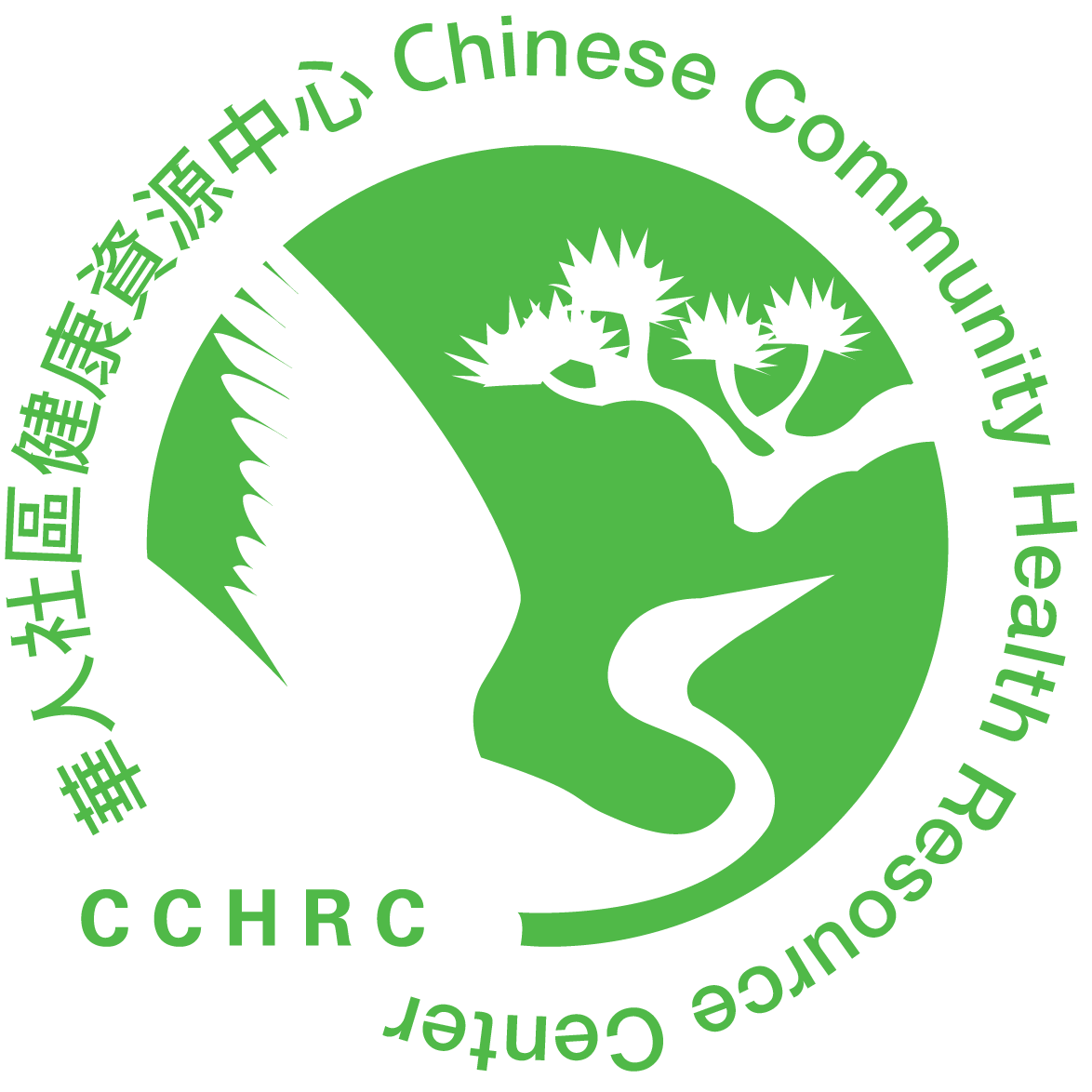Back pain happens to people of all ages and can be caused by many different reasons, including muscle strain, poor posture, a ruptured disk, or arthritis. Back pain can also be a symptom of other conditions such as:
- Scoliosis (curvature of the spine)
- Pregnancy
- Kidney stones
- Endometriosis (lining of the uterus growing outside the uterus)
- Fibromyalgia (a chronic pain disorder)
- Infections
- Tumors
- Stress
Depending on the cause of your back pain, symptoms may vary. Some common symptoms are:
- Muscle pain
- Sudden, intense, shooting pain in back
- Leg pain
- Limited mobility/flexibility
Most of the time, back pain improves with rest and pain relief medication. However, you should see your health care provider if you have back pain accompanied with:
- Numbness/tingling in the legs
- Bladder/bowel problems
- Weight loss
- Fever
- Pain that doesn’t go away after rest
Your doctor may have to do other tests, such as an x-ray, MRI, CT scan, or blood test to diagnose the problem.
Treatment for Back Pain
Prolonged bed rest is not recommended because it can stiffen your back muscles, put pressure on the injury, and increase pain, resulting in a longer recovery time. Instead, you should do light exercise, and continue your normal, everyday activities. If doing your normal routine causes pain, slow down and take a break. You can also try using over-the-counter (non-prescription) pain relief pills, ointments or creams; hot or cold packs.
Your health care provider may prescribe muscle relaxants, opioids or cortisone injections if your pain is severe.
Physical therapy can also help in the recovery from and prevention of back pain. You will learn about stretching and strengthening the abdominal/back muscles to give more support to the back, managing pain to speed up recovery time, as well as proper body mechanics to avoid future injuries.
Other Treatments:
- Spinal Manipulation or Massage
- Transcutaneous electrical nerve stimulation (TENS)
- Acupuncture or Acupressure
- Surgery (to treat ruptured, slipped or damaged disks, narrowing of the spine, slipped or fractured vertebrae)
Prevention of Back Pain
- Exercise regularly (to strengthen the abdominal/back muscles, improve flexibility)
- Lose extra weight
- Maintain good standing and sitting posture
- Keep your back straight when lifting objects
- Use your legs to push rather than pull when moving objects
- Wear flat shoes
- Have proper back support when driving
- Choose a mattress with good support
Reference:
http://www.mayoclinic.org/diseases-conditions/back-pain/basics/definition/con-20020797
https://www.niams.nih.gov/health_info/back_pain/back_pain_ff.asp#d
Copyright © 2020 Chinese Community Health Resource Center
If you would like a copy of this health article, please click on the PDF button in the language you prefer. To view the PDF document, you’ll need Adobe Acrobat, which you can download here.
Bilingual:




